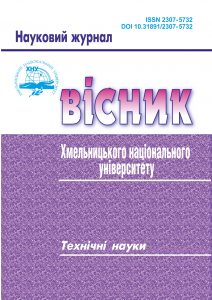A COMPARATIVE EXAMINATION OF THE EFFICACY OF VARIOUS CLUSTERING METHODS IN ASSESSING WINE QUALITY
DOI:
https://doi.org/10.31891/2307-5732-2023-329-6-20-27Keywords:
cluster analysis, K-Means, DBSCAN, Hierarchical Clustering, Gaussian Mixture Models (GMM), machine learning, classifier, categorization, clusteringAbstract
The paper considers a comparative analysis of the effectiveness of various clustering methods for the purpose of assessing wine quality. Various clustering algorithms have been studied, including K-means algorithms, hierarchical clustering, DBSCAN, and others. Their effectiveness and usefulness for evaluating wine quality is compared. In the work, the main attention is paid to the analysis of clustering results, computational speed and efficiency of processing large volumes of data. A comparison of the research results was made, which will help establish which clustering method is the most effective and accurate for assessing wine quality. In the study, wine data was collected to conduct a comparative analysis of the effectiveness of different clustering methods, and data on the chemical composition and physical properties of wine will be used. Wine data was processed and prepared for analysis and use in machine learning methods. Preparation and cleaning of data from inconsistencies was carried out. The effectiveness of clustering methods was evaluated. Indicators of cluster quality were used to compare the effectiveness of different clustering methods. The result was discussed. The results of cluster analysis were analyzed, conclusions were drawn about the most effective clustering method for assessing wine quality. The results of the study, which can be useful for consumers in choosing wine from a large assortment, are substantiated. Various methods of clustering and their application on the example of wine data are studied, which is an important step in using machine learning to solve practical problems. The results obtained can be useful for winemakers and experts in the field of winemaking for more accurate classification and improvement of production processes. A study was conducted that allows to determine the most effective and accurate method of clustering for the objective assessment of the quality of wines and can serve as a basis for further research in the field of winemaking and data analysis.

